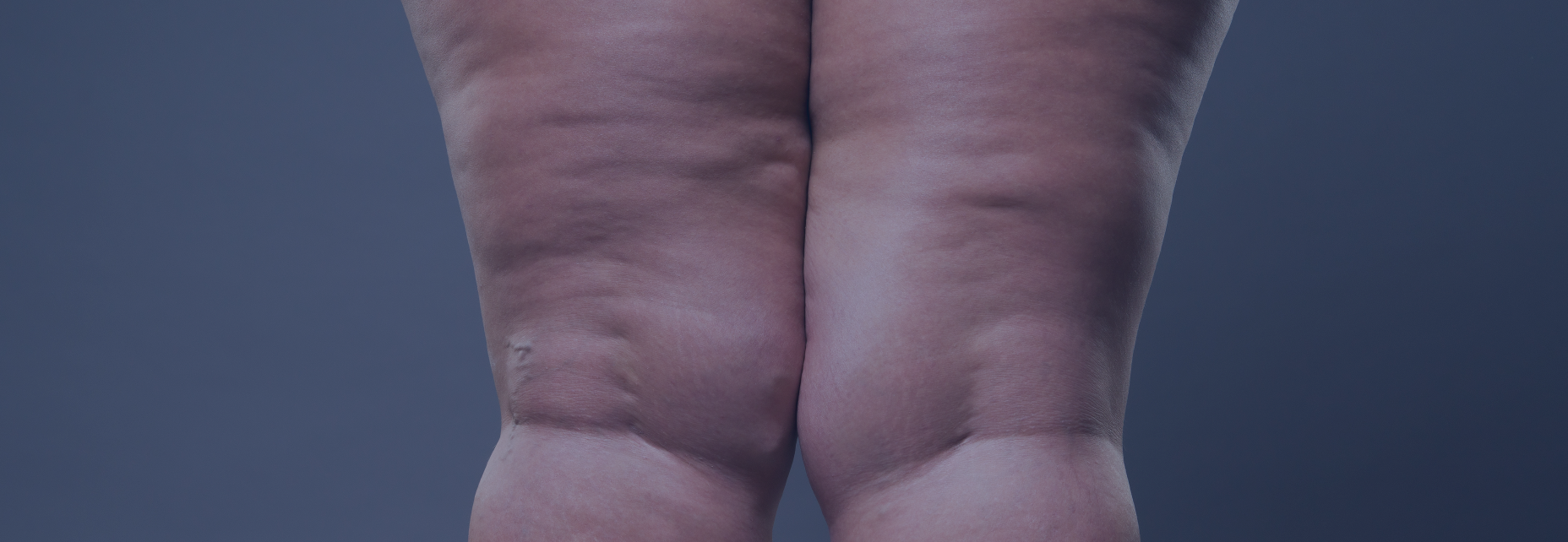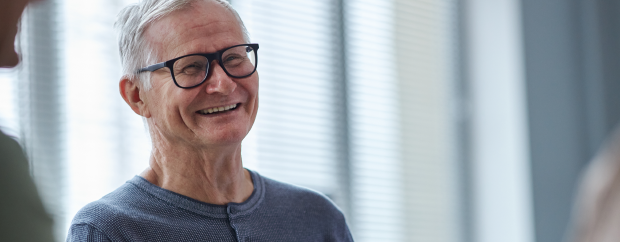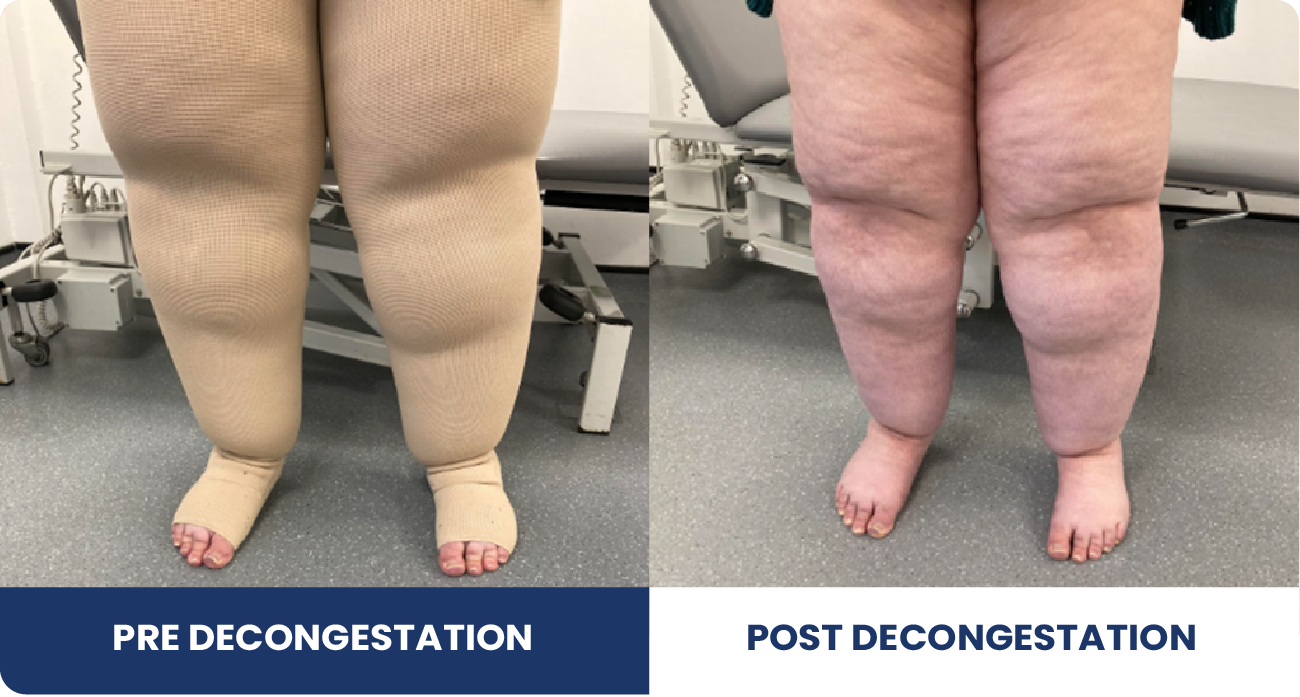
Liopedema
 Liopedema
Liopedema
Welcome to our Liopedema information page, your dedicated resource for expert care in Lipoedema management. Our team of highly trained specialists is committed to providing advanced, personalised treatment and care for a range of lymphoedema and lipoedema needs. From initial assessments and diagnoses to tailored treatments and aftercare, we are committed to caring for your individual needs.
What is Lipoedema?
Lipoedema is a genetic condition that causes an abnormal buildup of fat and connective tissue in the body. It is a condition that mainly affects women, with symptoms usually beginning around puberty or at other times of hormonal change. These changes then trigger the development of excess fat in the legs, buttocks, and sometimes the arms.
Lipoedema is characterised by pain, swelling, and tenderness and it affects both sides of the body equally. Lipoedema fat is different from normal fat, recognised as excess weight. It doesn’t respond to generic exercise regimes or low-calorie diets and it can often be misdiagnosed as either obesity or lymphoedema.
It is important to remember that the irregular build-up of fat cells seen in lipoedema can occur in people of all weight ranges.
Symptoms and Causes:
Whilst the cause of Lipoedema is generally unknown, It is commonly accompanied by hormonal or inflammatory disorders such as coeliac disease, hypothyroidism, polycystic ovary syndrome, vitamin D deficiency, arthritis, and fibromyalgia. However, evidence of direct links between lipoedema and these conditions is currently very limited.
Some ways to identify Lipoedema:
- Your legs (or other affected areas) are symmetrically swollen
- Bruising easily and tenderness to touch
- Soft and dimply-looking skin in the affected area
- The affected area feels uncomfortable and often hurts
Lipoedema Treatment and Management
Whilst you cannot simply lose the fat associated with lipoedema, there are certain ways in which you can manage it and a select few treatments that can help those living with lipoedema.
Treatments for Lipoedema:
Compression Therapy
– bandages are used to squeeze the affected area tightly to help compress and improve muscle function.
Gentle self or specialist-provided lymphatic massage
– this helps to move any fluids from the affected area, as well as helping with mobility.
Low-Impact Exercise
– exercise such as swimming and walking can help to improve circulation and aid mobility.
Whether you or a loved one is dealing with Lipoedema, we’re here to help.

FAQs
Changes in female hormones, onset is usually observed from birth, puberty, pregnancy or menopause. Occasionally it is observed after an alteration in hormonal birth control contraceptive options or hormone replacement therapy.
This not the same as Lymphoedema. Lipoedema is a genetic condition that results in uneven fatty tissues deposited around the body and mostly affects women. Often this can be seen at the wrist, ankles and hips. Patients often report these areas as being painful and heavy. We can support you to understand and manage this condition.
The legs (or affected area) may appear symmetrically swollen, often causing discomfort or pain. You might notice a disproportion between the upper and lower body, with a relatively narrow waist contrasted by a larger hip or buttock area. A common indicator of lipoedema is the “bracelet” or “anklet” effect, as the hands and feet typically remain unaffected. Additionally, the affected areas may bruise easily, with skin that has an uneven, dimpled appearance and have a soft, fluffy texture. There is no definitive test for lipoedema; instead, diagnosis is based on a combination of symptoms identified by a specialist in the field of oedema management.

“I am writing this on behalf of my 92 year old mother who has been in receipt of excellent support from your Lymphoedema team. For the last year and a half Pioneer has been working tirelessly with the very challenging oedema in my mothers arm and hand. At present, visiting us at home twice a week in an attempt to reduce the size of mums arm and hand. I am pleased to say that this is successful and its probably smaller than at any time during treatment which is purely due to Pioneers dedication and ability to think ‘out of the box’ in how to tackle the difficulties….”

